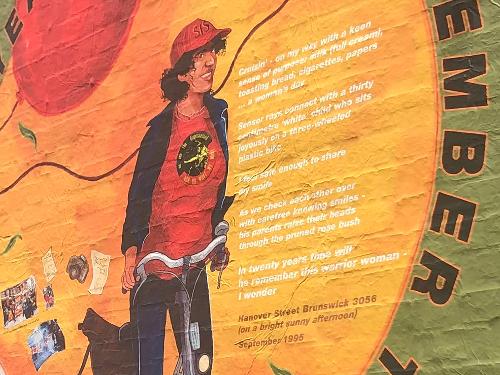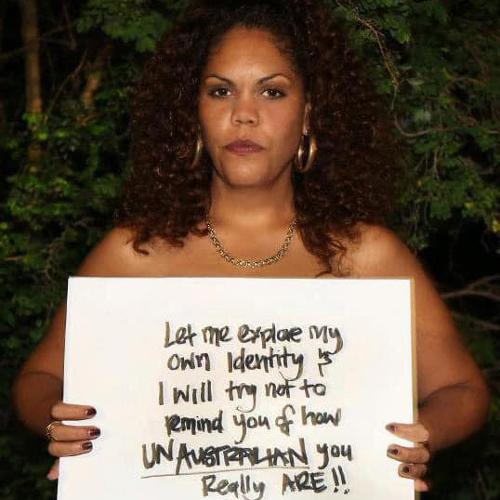We Don’t Fabricate, We Weave: Kumarangk (Hindmarsh Island) and Ngarrindjeri women’s resistance
Kumarangk

My formal arts education began in a strange place: the Elisabeth Murdoch building at the University of Melbourne where I took an art history elective. Built in 1885 by Joseph Reed, the Gothic architecture reinforced the rigid authority of the colony. Glaringly elitist, it resembled both church and orphanage. It was full of confusing hallways, which remained impossible to navigate. Inside its constructed edifice, middle-aged white men in paisley shirts lectured, with exotic hand gestures, on First Nation artists (when they were spoken of at all). And white women in the faculty asserted a self-righteous paternalism that was far worse.

I paint my face as my mother’s mothers have done before me
In this new ritual sitting on my bedroom floor
We name each pigment after revolutionaries
Because I am my mother’s daughter
